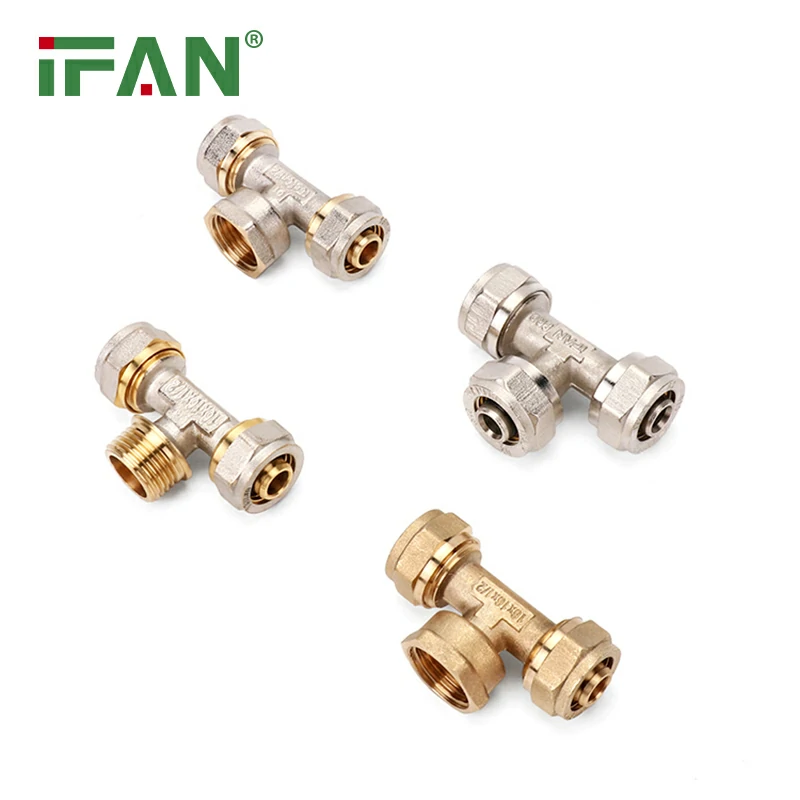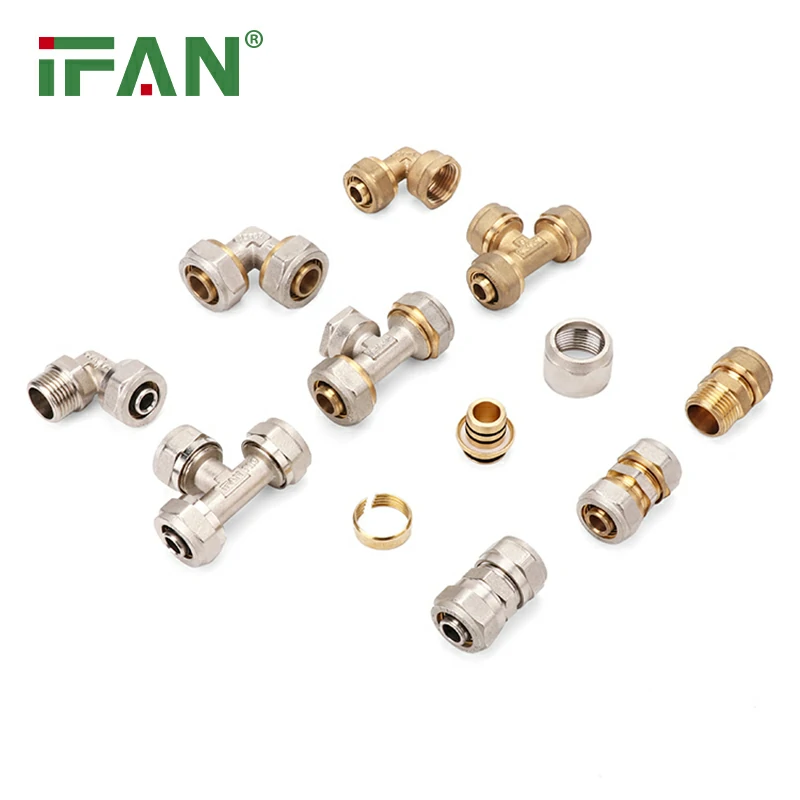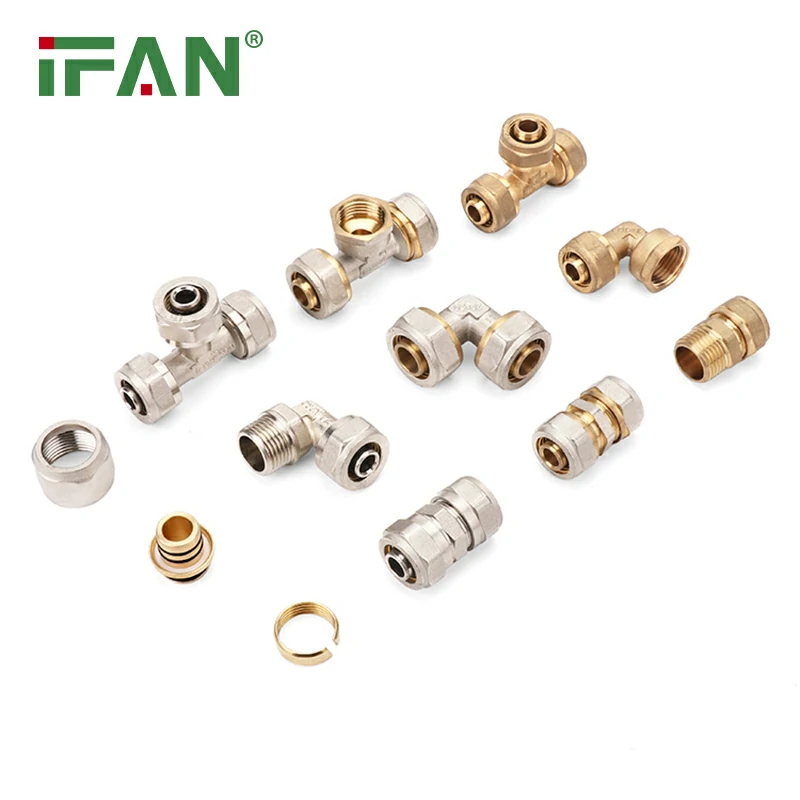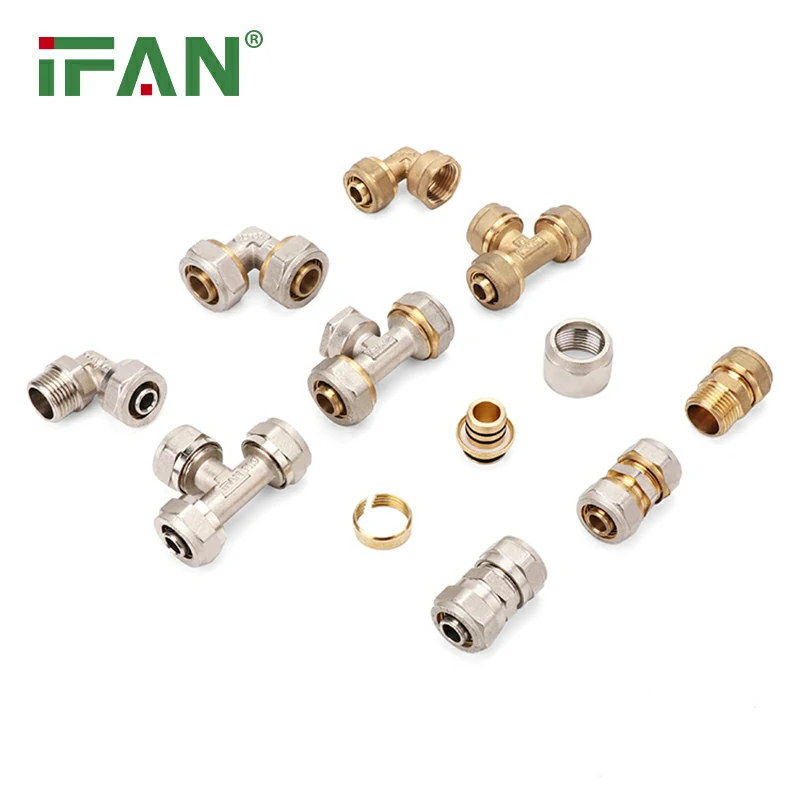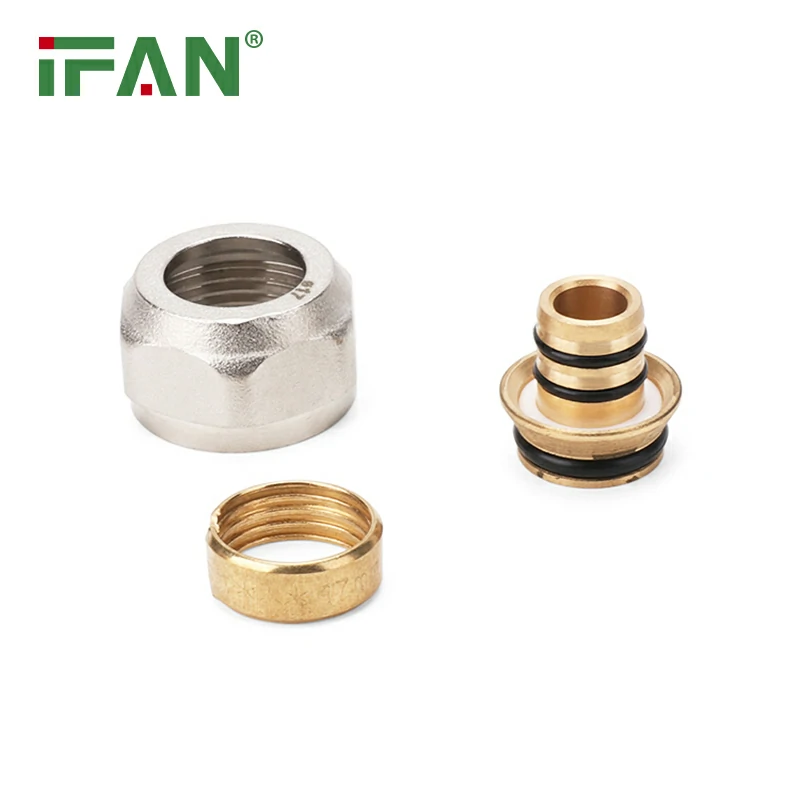Century-old Craftsmanship: Brass Fittings
Brass fittings have a long-standing history that dates back centuries. With a rich heritage and exceptional craftsmanship, these fittings have become synonymous with durability, elegance, and timeless appeal. In this article, we will explore the fascinating journey of brass fittings, highlighting their unique features, manufacturing process, and diverse applications.
History and Legacy
The story of brass fittings begins in ancient times when humans first discovered the versatility of brass, an alloy of copper and zinc. The Egyptians were among the first civilizations to utilize brass, crafting intricate fittings to adorn their palaces and temples. Over time, the art of brass fitting spread across continents, influencing various architectural styles and cultures.
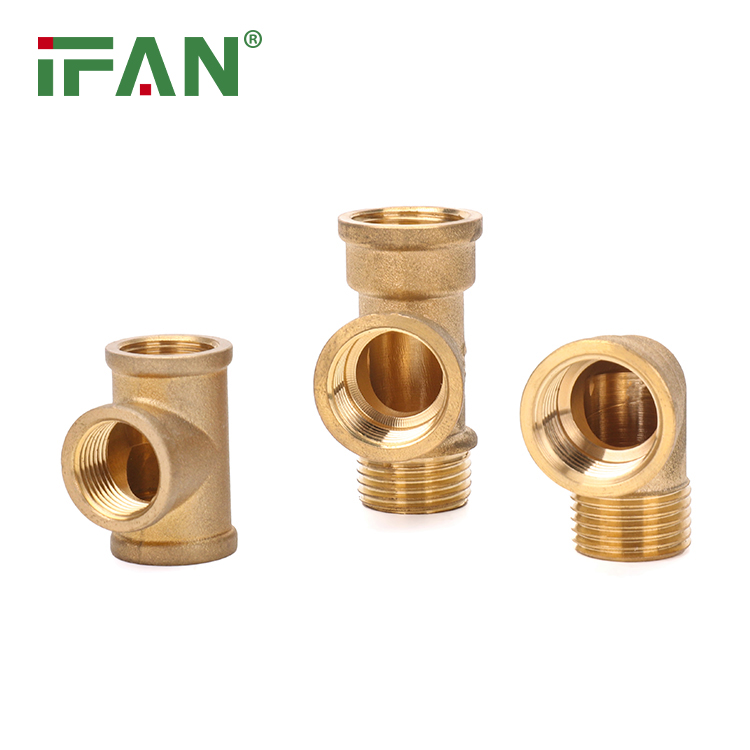
Unparalleled Craftsmanship
At the heart of brass fittings lies the unparalleled craftsmanship passed down through generations of skilled artisans. These craftsmen meticulously shape and mold the raw material, transforming it into exquisite fittings of unmatched beauty. Their attention to detail, precision, and mastery of traditional techniques ensure that each piece is a testament to their expertise and dedication.
Manufacturing Process
The manufacturing process of brass fittings combines traditional methods with modern advancements. It begins with the careful selection of high-quality brass, ensuring optimal strength and durability. The raw material is then melted and cast into molds, which are designed to create intricate patterns and shapes. After cooling, the fittings undergo a series of refining and polishing stages to achieve a flawless surface finish. Finally, they are carefully inspected to meet rigorous quality standards before being packaged and shipped.
Versatile Applications
Brass fittings find a wide range of applications in both residential and commercial settings. In architecture, they are used to enhance the aesthetic appeal of buildings, accentuating doorways, windows, and furniture. In plumbing systems, brass fittings ensure secure and leak-free connections, providing reliability and longevity. Additionally, they are commonly employed in electrical installations, automotive components, and decorative arts, further showcasing their versatility.
Enduring Beauty
One of the remarkable qualities of brass fittings is their ability to age gracefully. Over time, brass develops a natural patina, a unique greenish-brown coating, which adds character and depth to the fittings. This aging process enhances their visual charm, making them prized possessions that gain value with time. Moreover, brass fittings can be easily restored to their original luster through cleaning and polishing, ensuring their enduring beauty for generations to come.
Conclusion
Century-old craftsmanship is at the core of brass fittings, making them an exceptional choice for those seeking elegance, durability, and a touch of history. From their ancient origins to their modern-day applications, brass fittings continue to captivate with their timeless appeal. Embodying the legacy of skilled artisans, these fittings stand as a testament to the enduring beauty and craftsmanship of centuries past.


